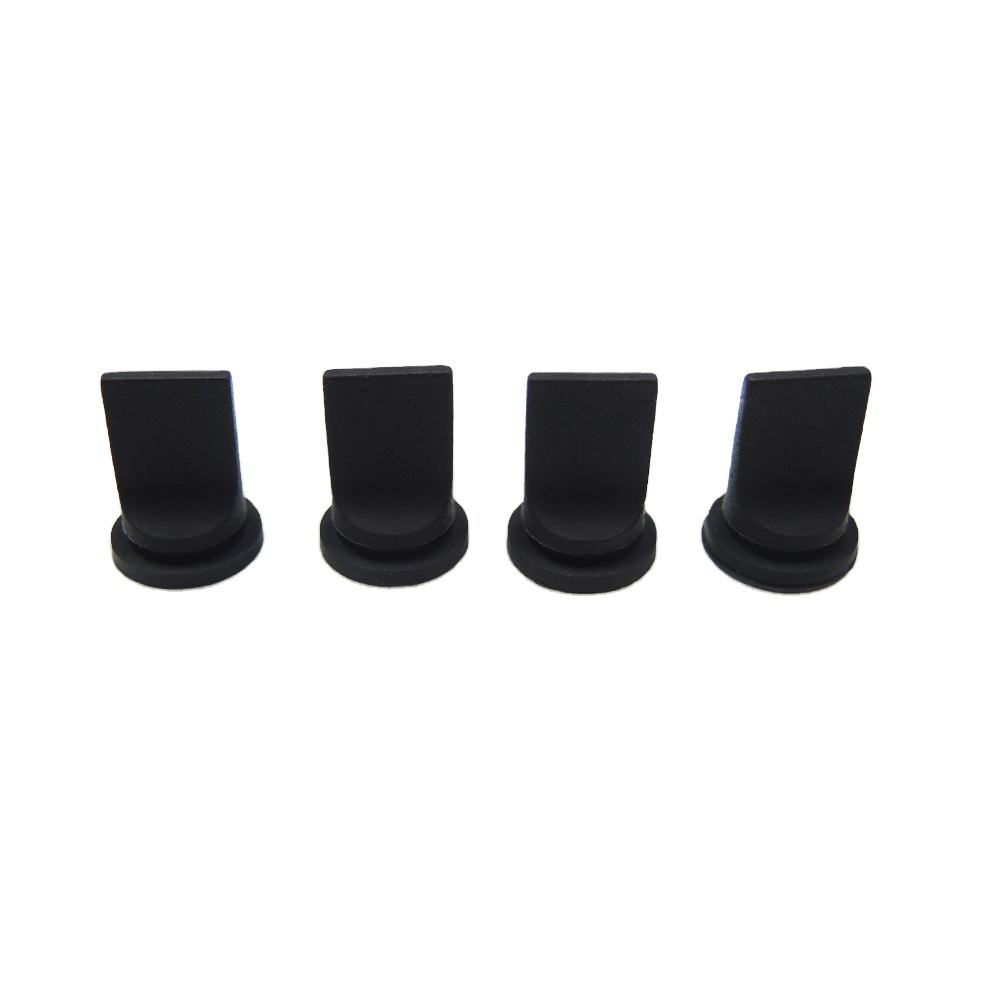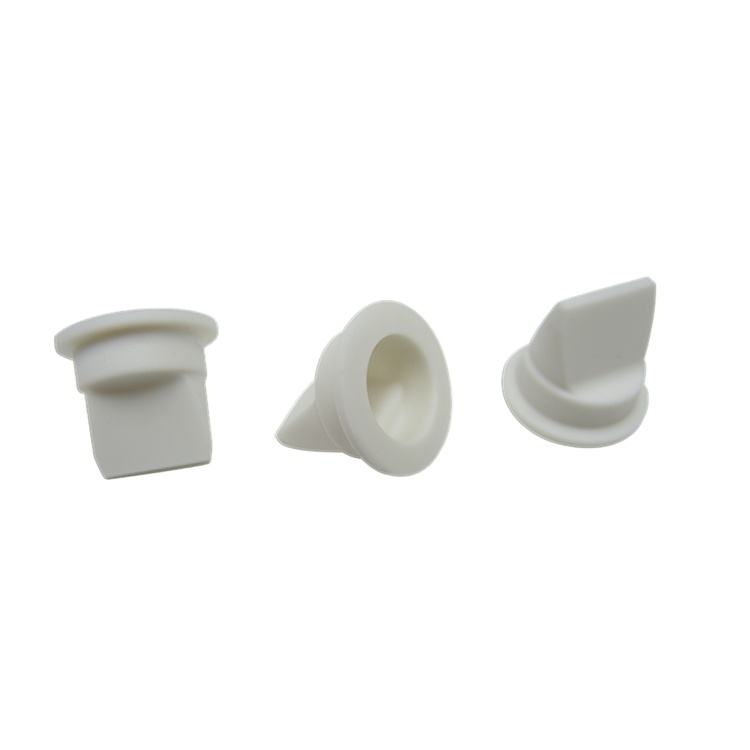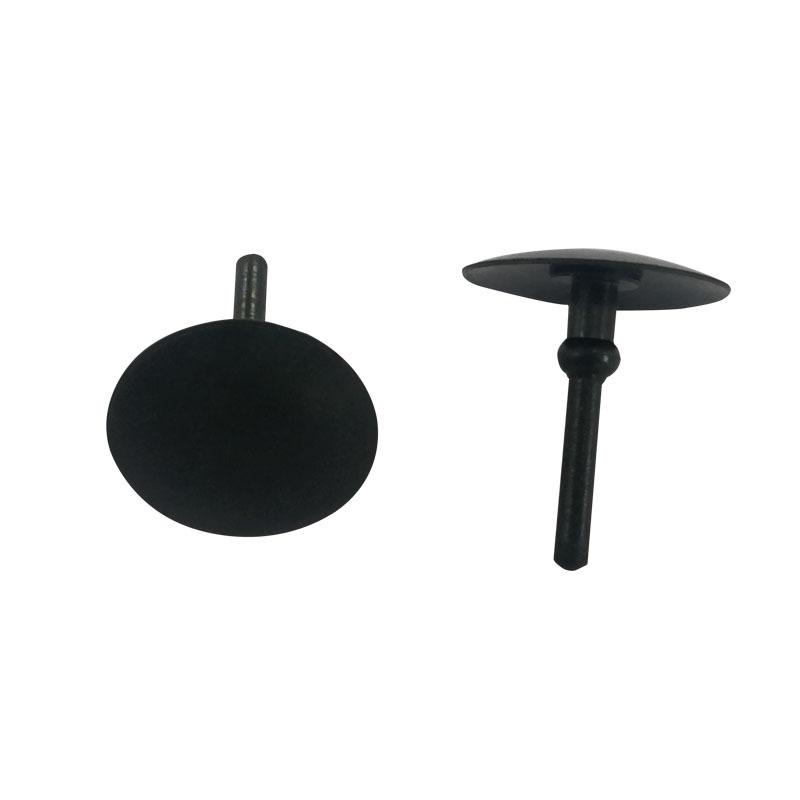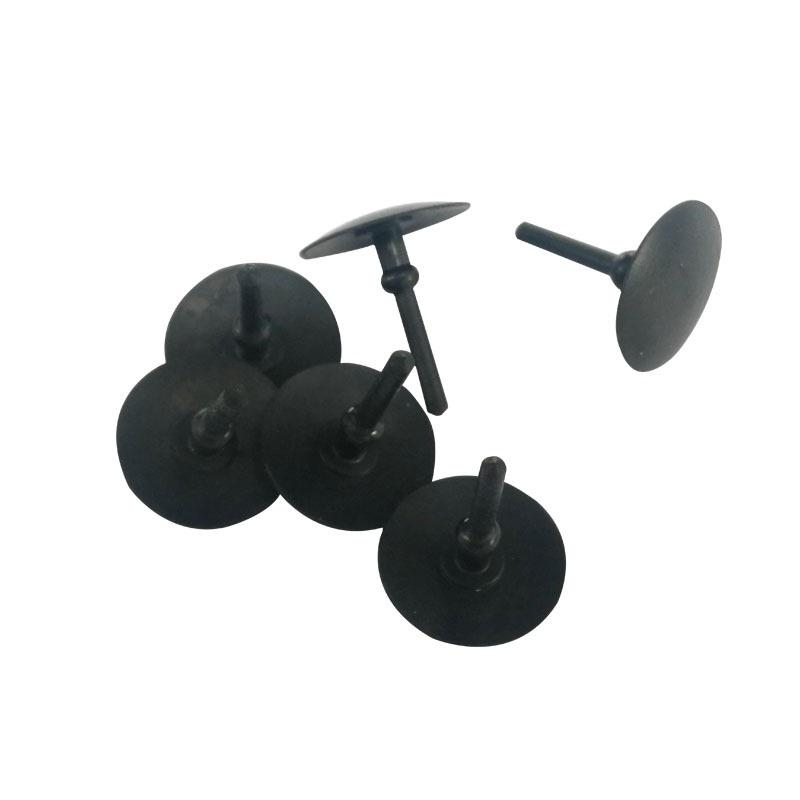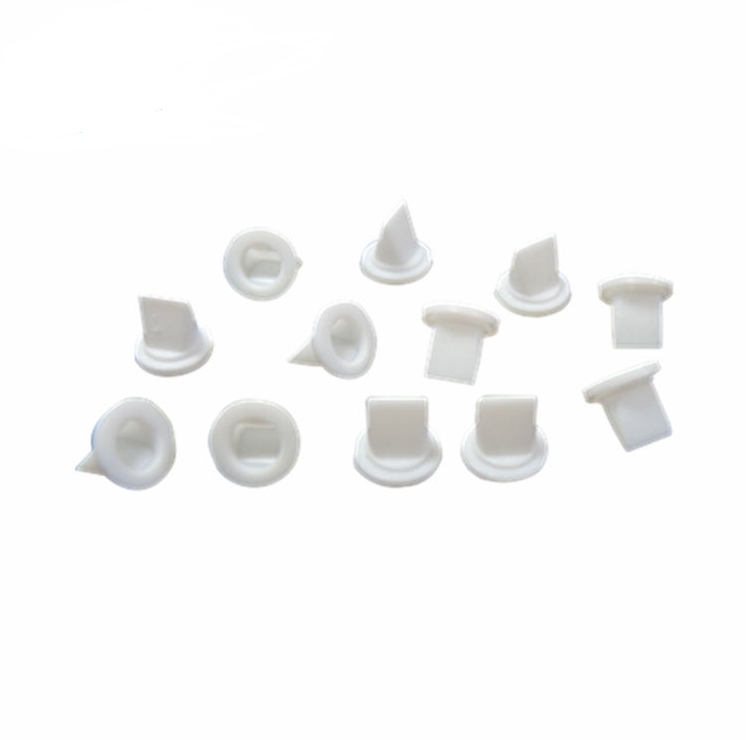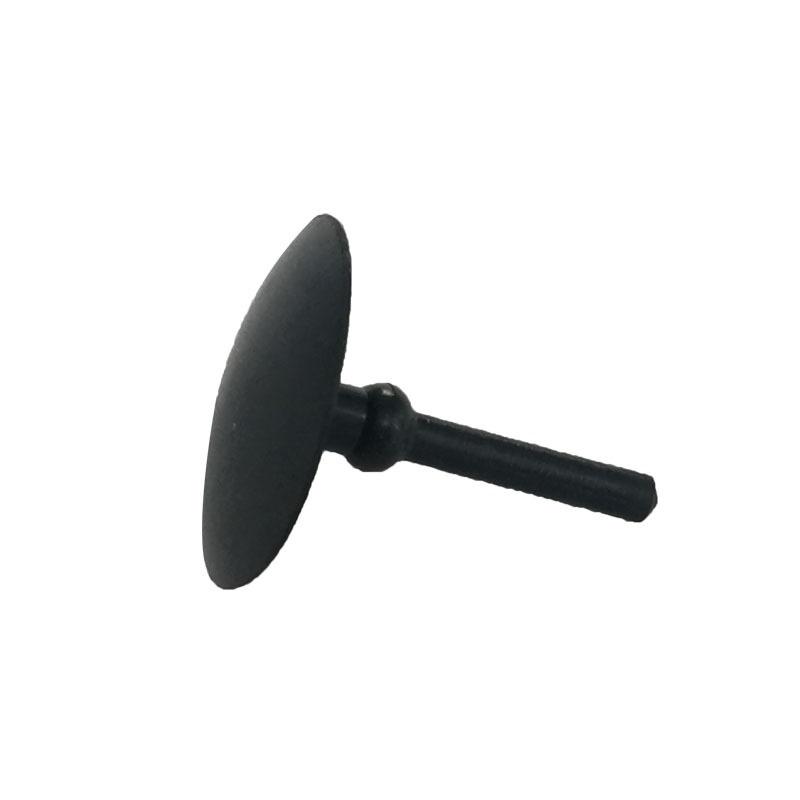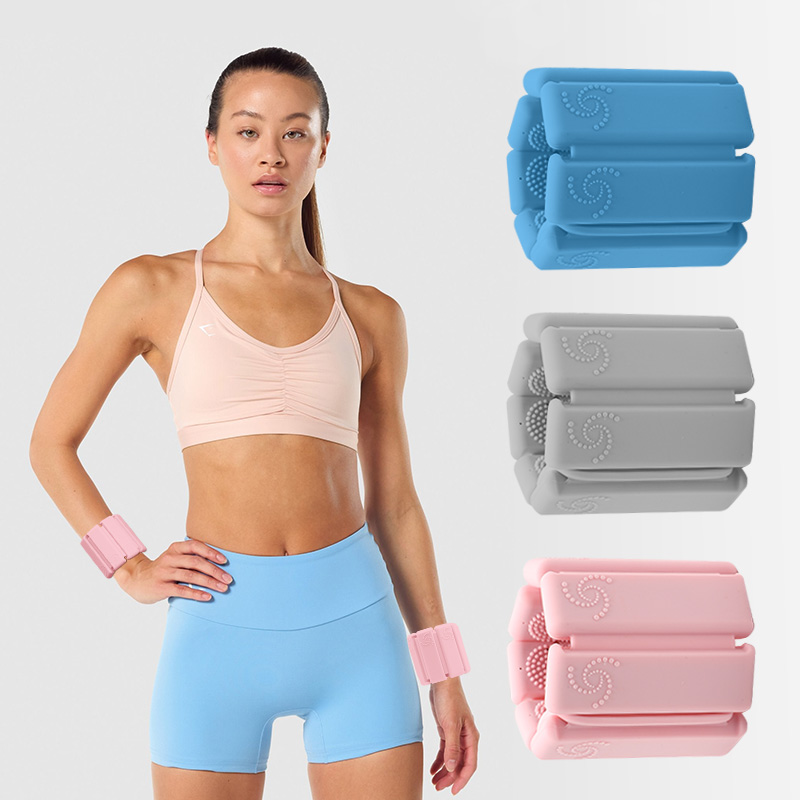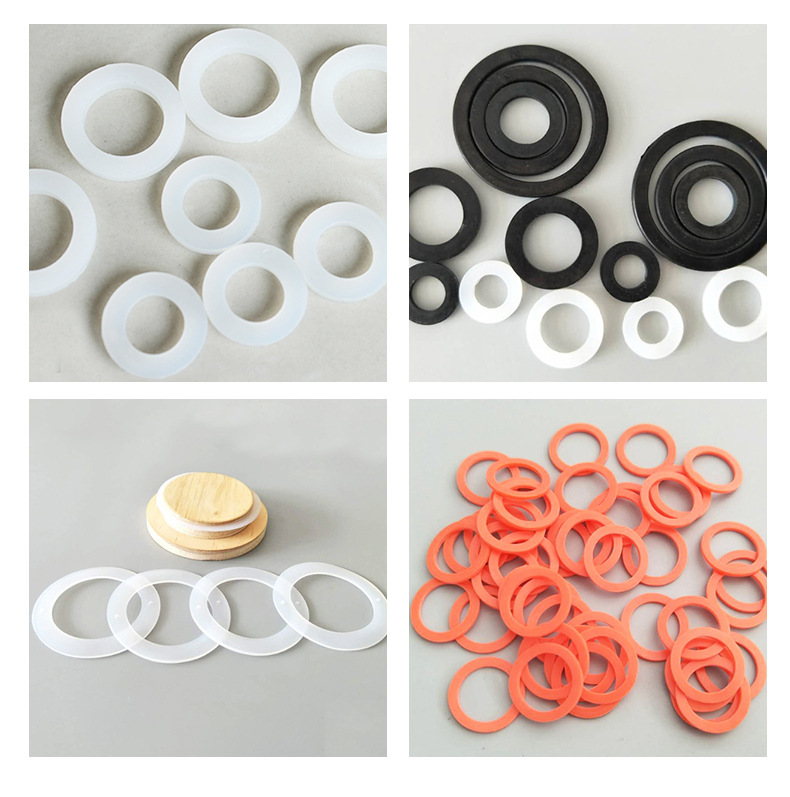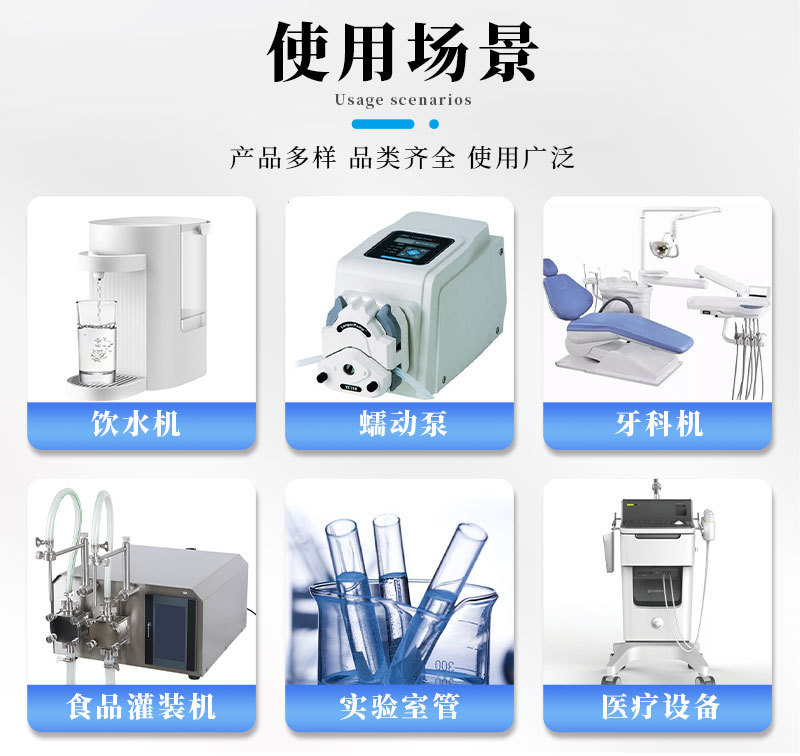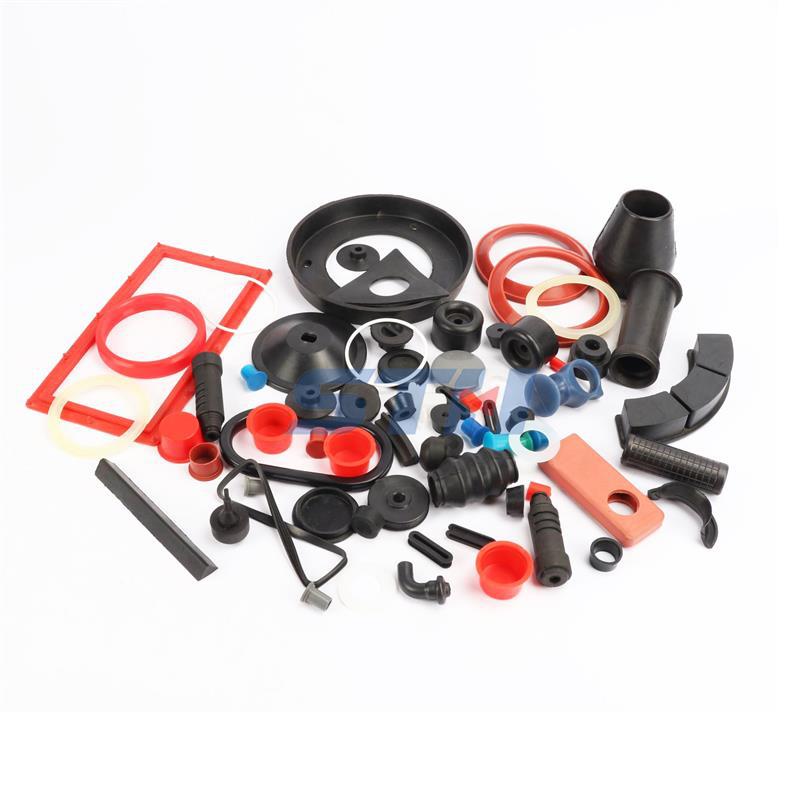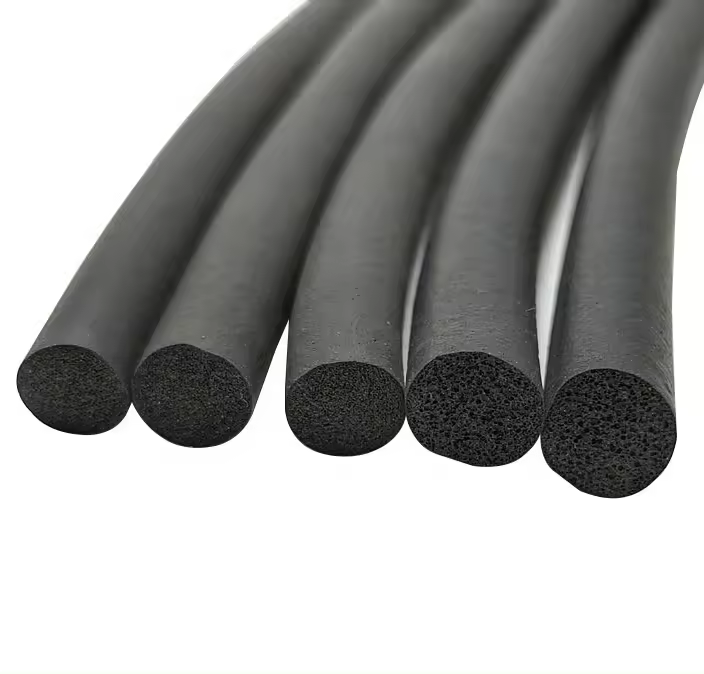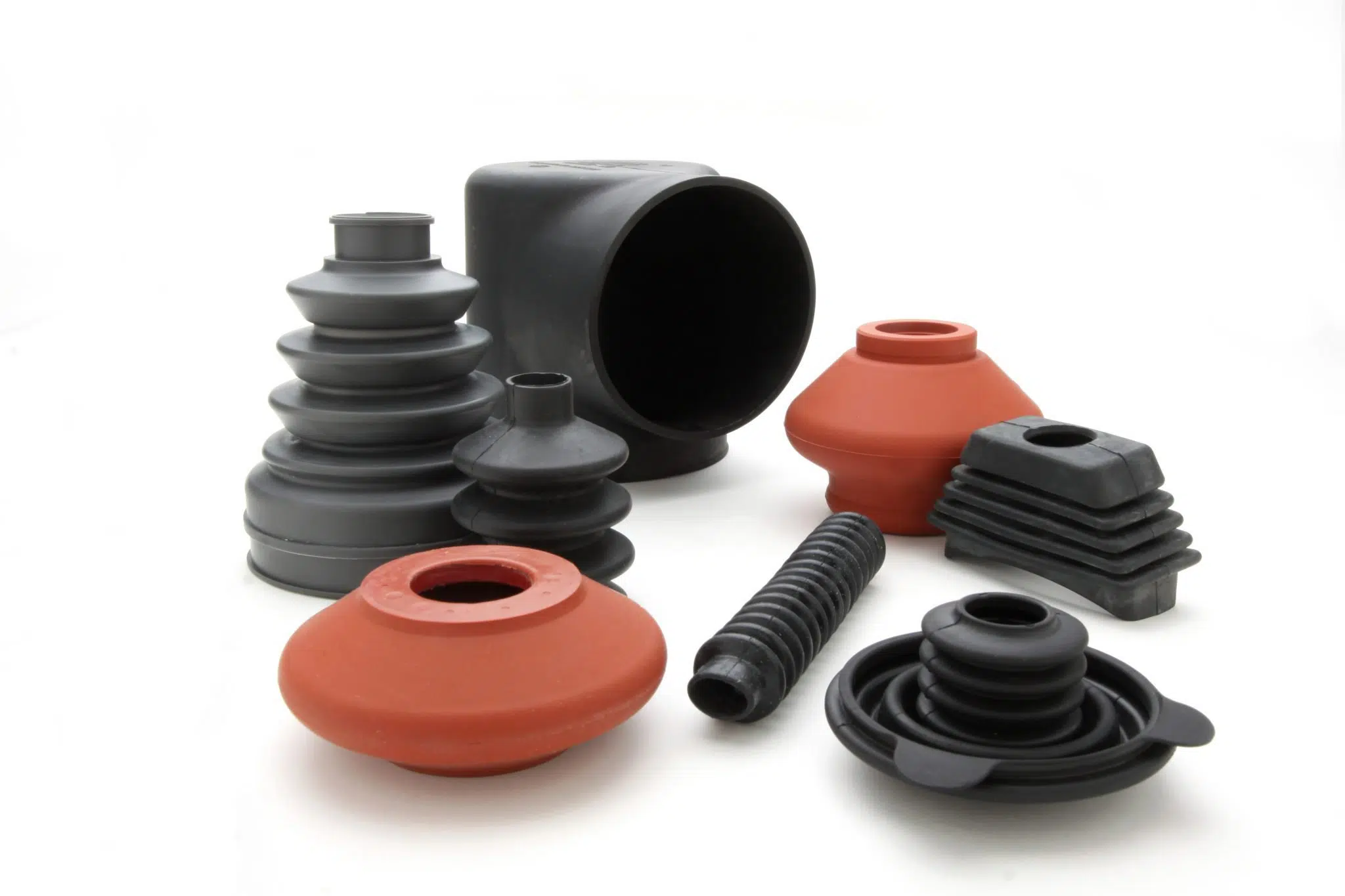Characteristics of Rubber Valves
Rubber valves are known for their unique characteristics, which make them suitable for a wide range of applications:
- Flexibility: The rubber components can conform to irregular surfaces, ensuring a tight seal even under varying pressures.
- Chemical Resistance: Depending on the type of rubber used, these valves can resist a wide range of chemicals, including oils, acids, and solvents.
- Temperature Resistance: Rubber valves can operate effectively across a broad temperature range, making them suitable for both high-temperature and low-temperature environments.
- Durability: Rubber’s inherent durability ensures long-lasting performance, even in demanding conditions.
- Low Maintenance: Rubber valves generally require less maintenance compared to metal valves, thanks to their resistance to corrosion and wear.
Applications of Rubber Valves
Rubber valves are used in numerous industries and applications, including:
- Water Treatment: Controlling the flow of water and wastewater in treatment plants.
- Chemical Processing: Managing the flow of corrosive chemicals and solvents.
- Food and Beverage: Ensuring hygienic and safe handling of food products and beverages.
- Pharmaceuticals: Maintaining sterile conditions and controlling the flow of medicinal products.
- Automotive: Regulating fluids in engines, transmissions, and braking systems.
- HVAC Systems: Managing air and refrigerant flow in heating, ventilation, and air conditioning systems.
Customization Services
We offer a range of customization services to meet the specific needs of our clients:
- Material Selection: Choose from various rubber materials such as NBR, Viton, Silicone, EPDM, and PTFE, each offering unique properties for different applications.
- Size and Shape: Customize the size and shape of the valve to fit specific system requirements.
- Additional Features: Incorporate features such as reinforced structures, specific color coding, or integrated sensors for enhanced functionality.
- Prototyping and Testing: Develop prototypes and conduct rigorous testing to ensure the valve meets performance standards before full-scale production.
Maintenance and Care Tips for Rubber Valves
Proper maintenance is crucial to ensure the longevity and optimal performance of rubber valves. Here are some tips:
- Regular Inspection: Periodically inspect the valves for signs of wear, cracking, or deformation. Early detection of issues can prevent costly repairs or replacements.
- Proper Installation: Ensure that the valves are correctly installed according to manufacturer guidelines to avoid undue stress or damage.
- Cleanliness: Keep the valve and surrounding areas clean to prevent contamination that could compromise the valve’s performance.
- Lubrication: Apply appropriate lubricants to moving parts to reduce friction and wear, ensuring smooth operation.
- Storage: Store rubber valves in a cool, dry place away from direct sunlight and ozone-generating equipment to prevent premature aging.
- Replacement: Replace valves as recommended by the manufacturer or when signs of failure are evident to maintain system integrity.
By understanding the properties, applications, and maintenance requirements of rubber valves, you can ensure their reliable performance and extend their service life in various industrial and commercial applications.
Tags





